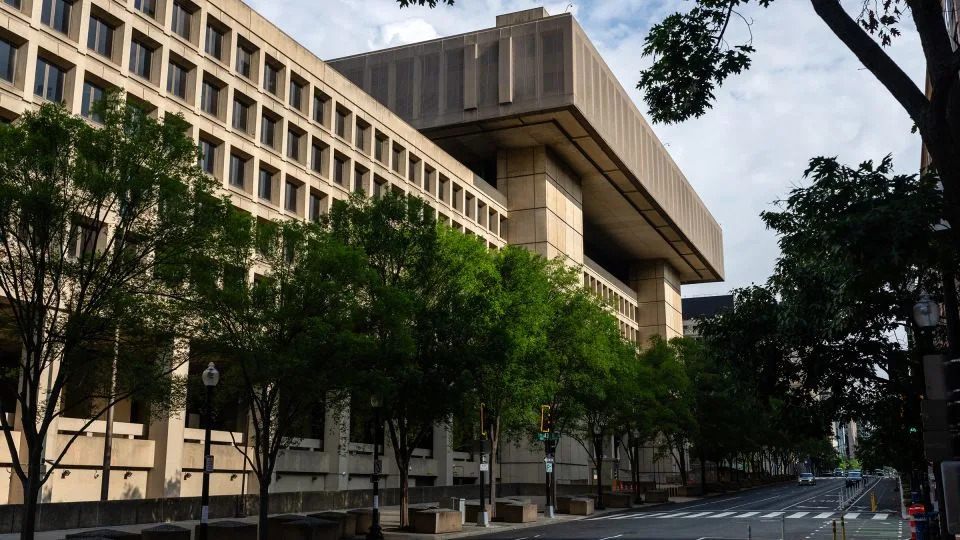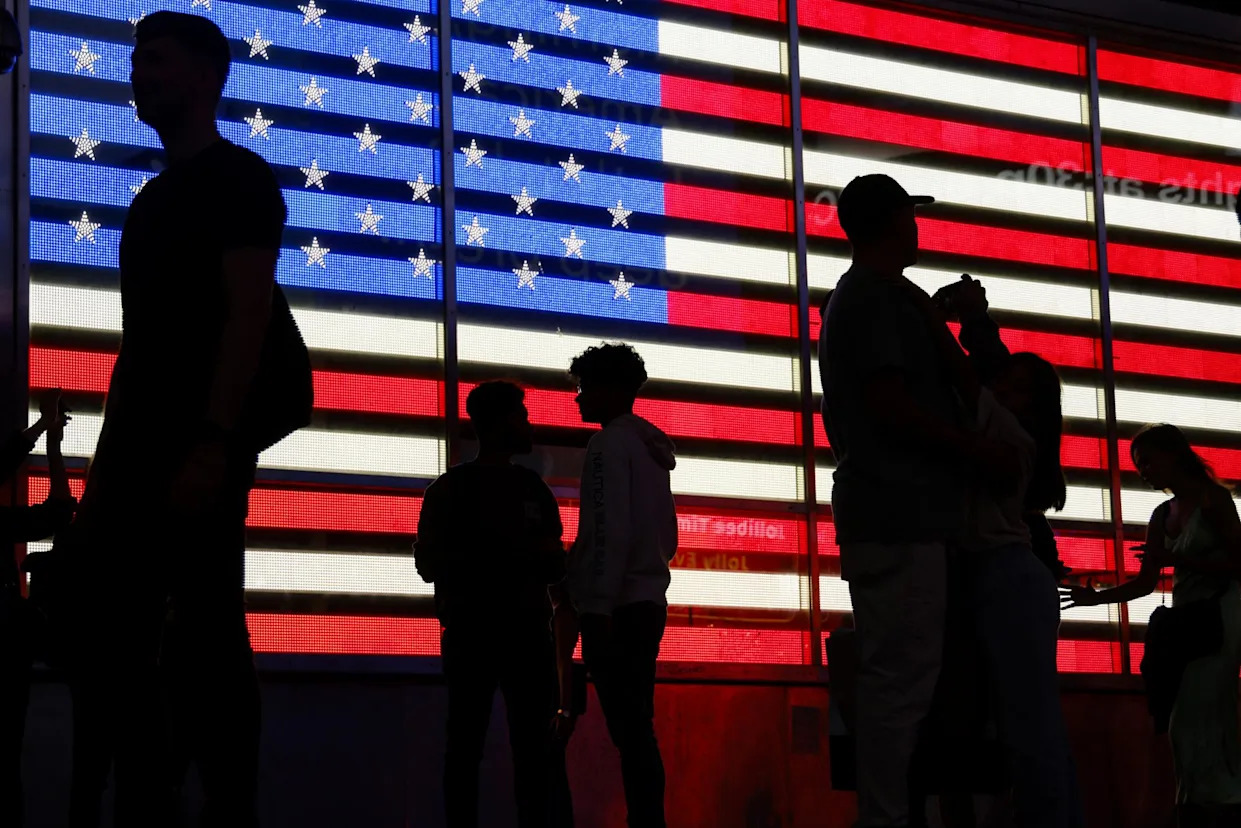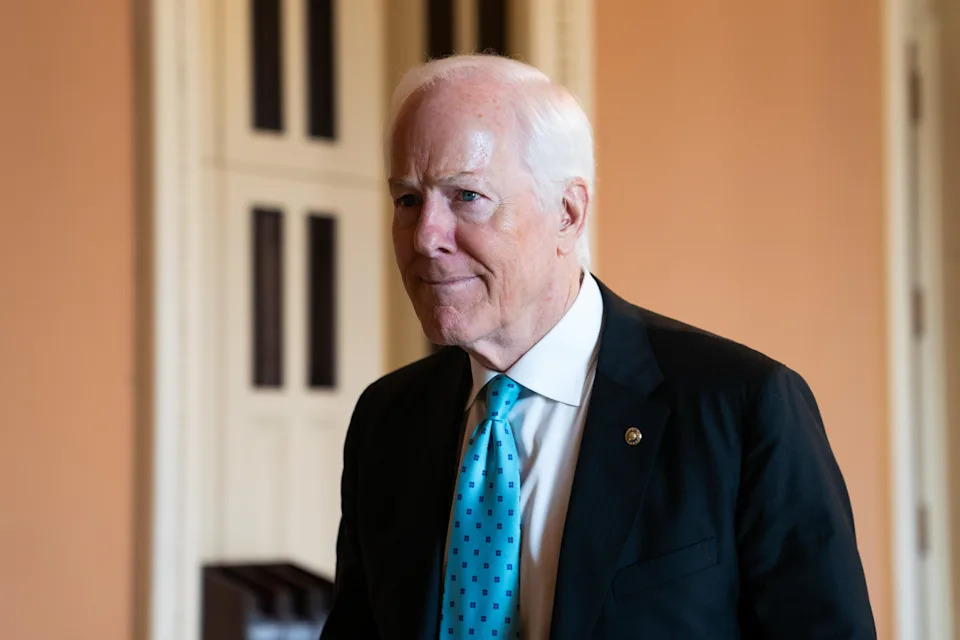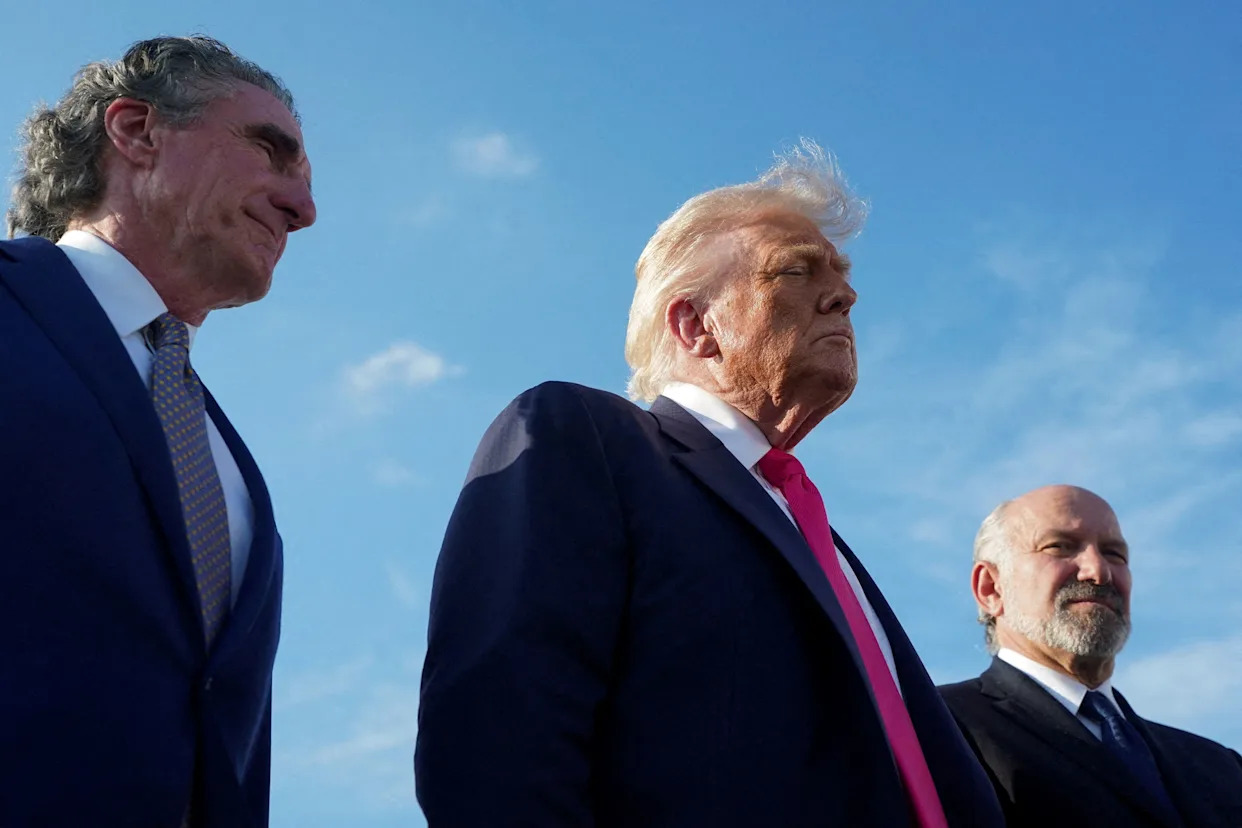In his 1936 book, “The General Theory of Employment, Interest and Money,” written in the midst of the Great Depression, the renowned economist John Maynard Keynes wrote that in times of economic crisis, the government could “fill old bottles with banknotes, bury them at suitable depths in disused coal mines which are then filled up to the surface with town rubbish, and leave it to private enterprise on well-tried principles of laissez-faire to dig the notes up again.” Such a plan might not be the most efficient way to create jobs and keep the economy afloat, Keynes conceded, but it “would be better than nothing.”
While the American economy is certainly not in the throes of anything like the Great Depression, we do seem to have arrived at a banknote-burial scheme for the 21st century. It’s a hype machine with impossible amounts of money behind it: artificial intelligence.
At a moment when economic warning lights are flashing, large tech companies are undertaking AI data center construction projects on an absolutely mind-boggling scale. President Trump has hailed all this construction, and not just because he takes credit for every bit of economic activity that happens anywhere in the country. One unexpected side effect of the great AI construction boom is that it is helping to mask the negative effects of his chaotic and ill-conceived economic policies. But as a sustainable source of growth, it’s probably less than meets the eye.
Economists are growing increasingly concerned at the latest economic data. The July jobs report showed an average of just 35,000 jobs created per month over the last three months, leading Trump to fire the director of the Bureau of Labor Statistics for reporting the bad news. Growth is down, and the inflationary effects of Trump’s disastrous tariffs are increasingly showing up in prices as companies run out of the inventory they stockpiled.
The Trump White House almost seems determined to drive the American economy into a ditch with a panoply of counterproductive policies. The State Department now wants to force travelers to post a $10,000 bond before getting a visa to visit the U.S. — which should be great for the tourism industry. The administration is doing everything in its power to destroy what had been a booming renewable energy sector, even as energy prices start to spike. The decimation of the federal workforce will have economic effects for years to come.
But there’s one area of the economy going gangbusters: data centers. The rush to build the facilities necessary to satisfy the tech industry’s exploding demand for processing power is spurring a construction boom. As President Trump said earlier this year, with his typical eloquence, “AI seems to be very hot. It seems to be the thing that a lot of smart people are looking at very strongly, and our country will be prospering like never before.”
While Silicon Valley is drowning in AI startups of all sizes, when it comes to capital investment most of the spending comes from the small number of giant companies known as “hyperscalers.” Google, Amazon, Microsoft, Meta and a few others are investing spectacular amounts of money to build vast windowless boxes holding thousands of processing units. These megacompanies believe that they are in a race to achieve artificial general intelligence (AGI) — and that there can only be one winner.
Google, Amazon, Microsoft and Meta alone are planning to spend over $350 billion this year on data centers. This frenzy of investment made Nvidia, which supplies the chips to those data centers, the first company in history to pass $4 trillion in market capitalization. According to some estimates, spending on data centers contributed more to economic growth in the first half of the year than all consumer spending combined. Wall Street is showing its approval of all that spending, with these companies' market capitalization heading ever higher.
Is that unadulterated good news? Not necessarily. Yes, the construction boom brings short-lived benefits. But massive corporations aren’t pouring hundreds of billions of dollars into AI as a public service — they think it will bring them even more fantastical riches in the future. This is the problem communities that have welcomed data centers have confronted: While billions are spent initially, which does provide work for construction workers, electricians and plumbers, those benefits are temporary. Once the facility is finished, it requires a tiny numbers of workers to run; a billion-dollar data center might wind up employing only 100 people or so.
Which means that as a long-term economic development strategy, data centers don’t offer very much. Every tech CEO may dream of the day their superintelligent AI product (likely making them the world’s first trillionaire), but the benefits to the rest of us are hazy at best. They spin tales of a utopian future in which AI solves all our problems, but the vision should be met with skepticism.
Mark Zuckerberg recently wrote, “It seems clear that in the coming years, AI will improve all our existing systems and enable the creation and discovery of new things that aren’t imaginable today.” But in truth, it’s not so clear. AI might “improve all our existing systems,” but it could also cause massive job displacement, the proliferation of lies and slop, and a degradation of vital parts of our humanity. Maybe both.
For now the frantic AI build-out is on, and Trump is one of its chief beneficiaries. But like the construction boom itself, its boost to the economy can’t last forever. We’ll all pay for Trump’s economic mismanagement, no matter how many data centers the tech companies build.
This article was originally published on MSNBC.com








Comments